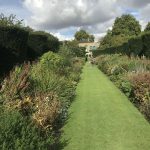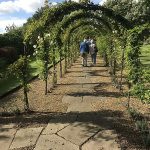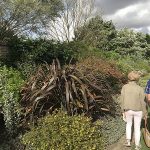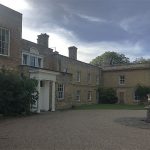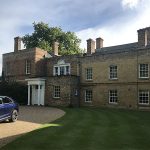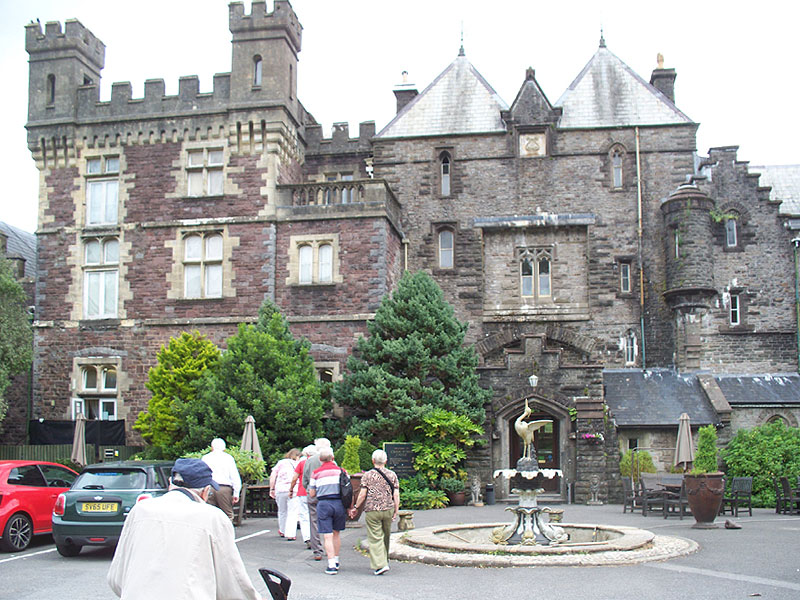 This is not really a castle, but a mansion with a castellated Gothic appearance. Now a privately owned hotel and wedding venue, it was formerly the home of the famous opera singer Adelina Patti, who bought the house and greatly extended it, being responsible for its present appearance.
This is not really a castle, but a mansion with a castellated Gothic appearance. Now a privately owned hotel and wedding venue, it was formerly the home of the famous opera singer Adelina Patti, who bought the house and greatly extended it, being responsible for its present appearance.
The Gothic core of the mansion was built in 1841-3 for Mr Rice Davies Powell. Adelina Patti acquired the property in 1878 and had various extensions built. The most notable feature is a small theatre which Patti had built. The theatre was completed in 1891 and is still almost entirely original, with a tilt-able floor and the original flats behind the stage curtain. The attractive conservatory has been reconstructed using the original cast-iron columns, and various rooms on the ground floor have been refurbished, some of them very grand. Some bedrooms are available and a few can be seen on the tour, but the upper floors (included in the tour) were derelict at time of visit and remain a work-in-progress.
After Patti’s death, the property was purchased by the Welsh National Memorial Association and used as a hospital for many decades. When this ceased, the property passed into private hands and is currently a hotel and wedding venue.
Some relics of the hospital period remain upstairs. In the cellars a clutter of objects, cables and pipes of various periods are visible in rooms formerly used as the mansion’s service area.
One could say this is an unusual visit but worth a look if you are in the area.
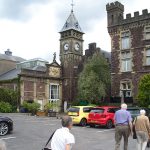
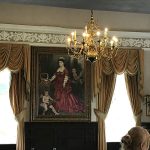
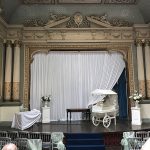
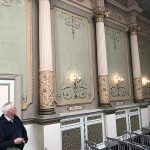
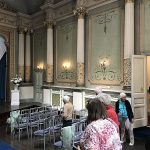
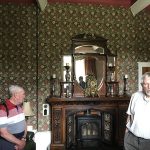
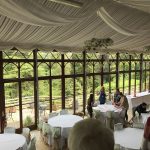
Carreg Cennen Castle, Wales
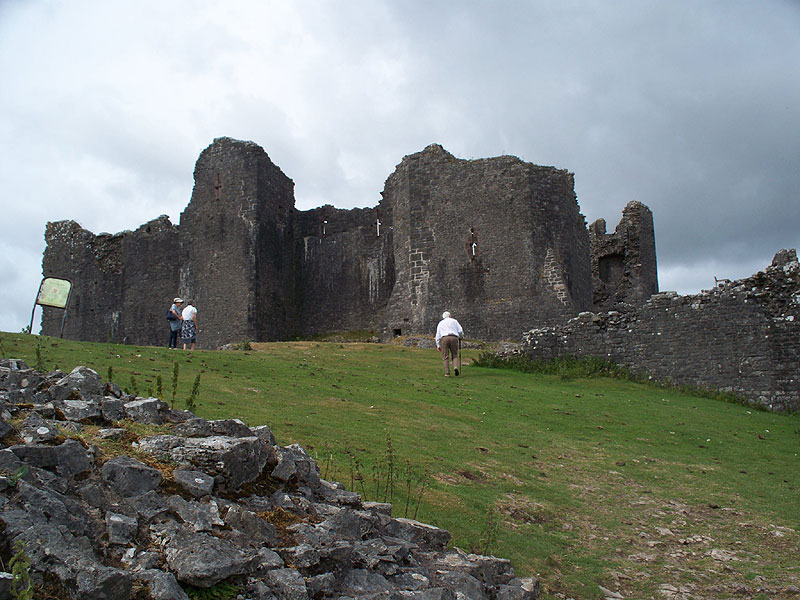 The castle, situated on a hilltop, dominates the surrounding countryside. It is accessible via Castell Farm, which actually owns the freehold of the castle. The farm has various rare breeds and a tearoom. Reaching the castle is via a stiff 20-minute walk. It is now ruined, but various levels can be explored, including a passage to a cave which was incorporated in the defences. If you want to explore the cave you will need a torch as the lower part is totally dark. Spectacular views are available form the castle.
The castle, situated on a hilltop, dominates the surrounding countryside. It is accessible via Castell Farm, which actually owns the freehold of the castle. The farm has various rare breeds and a tearoom. Reaching the castle is via a stiff 20-minute walk. It is now ruined, but various levels can be explored, including a passage to a cave which was incorporated in the defences. If you want to explore the cave you will need a torch as the lower part is totally dark. Spectacular views are available form the castle.
The castle dates from the 13th Century, probably built for John Giffard, a Marcher Lord. It was garrisoned for the last time by Lancastrian forces during the Wars of the Roses, and after its capture in 1462, 500 men laboured for four months to dismantle it using picks and crowbars.
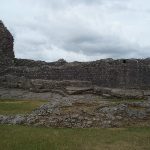
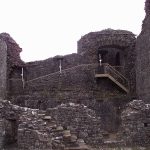
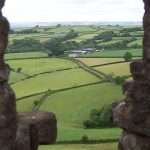
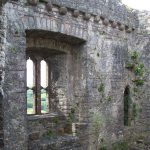
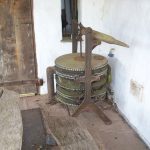
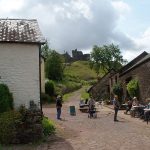
Tredegar House, Newport
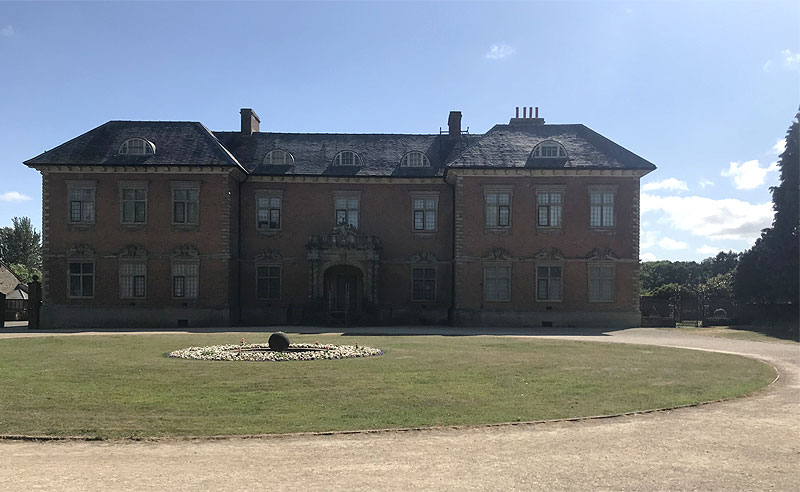 National Trust
National Trust
Tredegar House was built from 1664-74, largely replacing an earlier Tudor house of grey stone. It was built by William Morgan, one of the powerful Morgan family who owned the house until the 1940s. The principal state rooms on the ground floor are the New Hall, Dining Room and Gilt Room. On the first floor are various suites including the Best Chamber, the King’s Room ( not actually used by a king) and the Master’s Bedchamber. Descending again, one can visit the basement area, with the bells passge, butler’s room, Great Kitchen, Pastry Room, Housekeeper’s Room, Still Room and the Servant’s Hall. The latter is in the old part of the house. In the centre os a courtyard (currently out of bounds to visitors because of objects falling from above.)
A fine set of gates face the entrance front of the house, and nearby is a stable block and orangery (currently under restoration.)
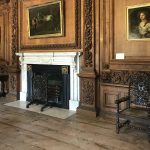
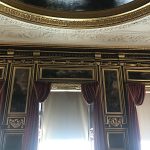
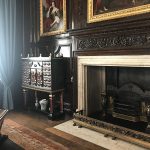
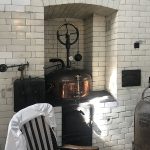
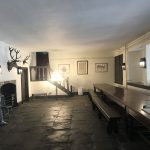
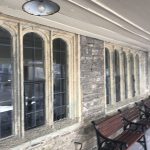
Brecon Mountain Railway, Wales
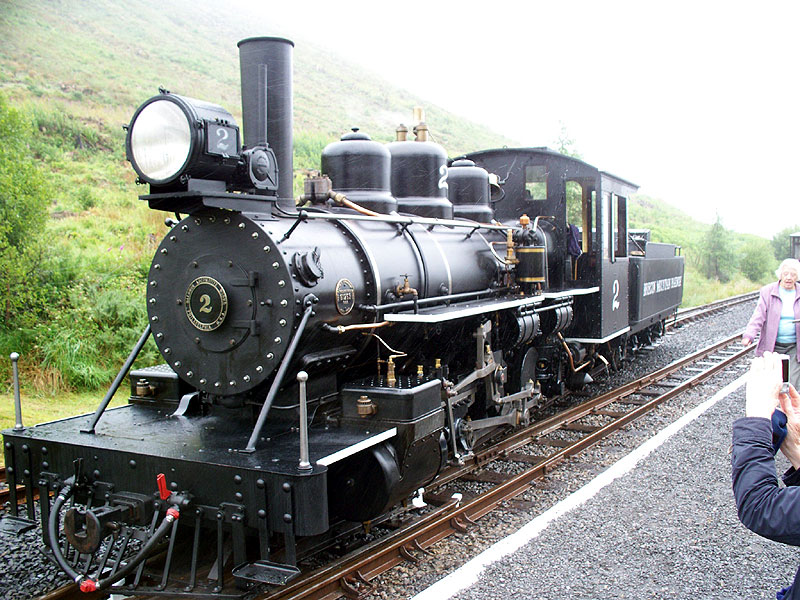 The Brecon Mountain Railway follows the trackbed of the former Merthyr and Brecon railway, which closed in 1964, and runs from Pant to Tarpaantau. The railway is narrow (2 foot) gauge, unlike the original, and is hauled by two Baldwin steam engines manufactured in Philadelphia and formerly used in South Africa and Brazil respectively.
The Brecon Mountain Railway follows the trackbed of the former Merthyr and Brecon railway, which closed in 1964, and runs from Pant to Tarpaantau. The railway is narrow (2 foot) gauge, unlike the original, and is hauled by two Baldwin steam engines manufactured in Philadelphia and formerly used in South Africa and Brazil respectively.
The track runs alongside the Taf Fechan reservoir, with large changes of elevation visible alongside the train. The total run is about 5 miles each way, passing some impressive scenery.
My trip was enlivened by some sheep wandering about on the track.
At Pant, visitors will find the usual facilities, and can look into the engineering workshop containing machine tools and any work in progress.
The train carriages have hard seats but are enclosed.
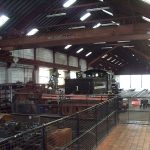
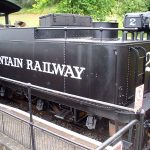
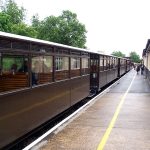
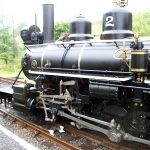

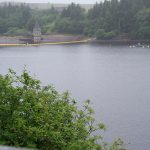
Doddington Hall & Gardens, Lincolnshire
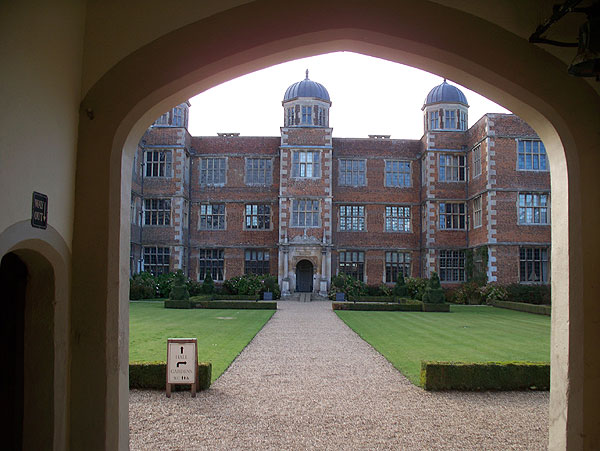
Privately owned
Doddington Hall was built between 1593 and 1600 for Thomas Tailor, who was a lawyer. This Elisabethan prodigy house has a wide frontage but is only one room deep in the centre. Internally it was largely updated in the 1760’s, and underwent some restoration in the mid 20th century.
The interior is said to be impressive but the house was not open at the time of my visit.
The grounds include floral and kitchen gardens which are pleasant but not exceptional. Behind the house a vista extends to a pyramidal obelisk. To the right of the house front is a small church, rebuilt in the 1760’s.
On the other side of the house are various outbuildings including a farm shop, and a barn containing a collection of farm wagons.
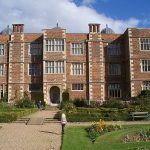

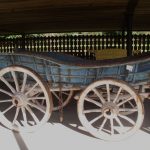
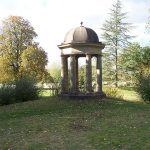
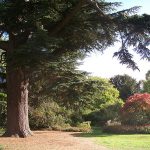

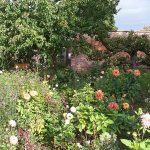
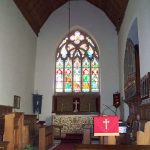
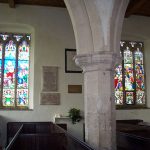
Lincoln Cathedral
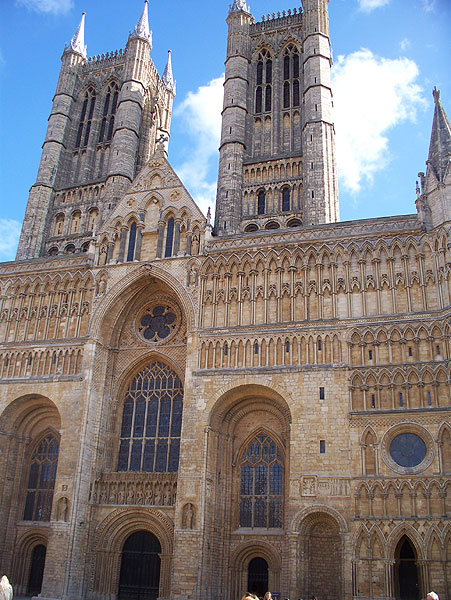
Inside and outside, one is impressed by the scale of the cathedral. Well worth a visit. Don’t miss the Chapter House.
An admission charge may apply, except on Sundays.
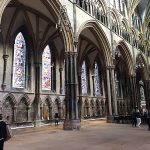
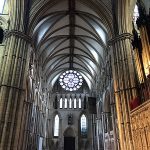
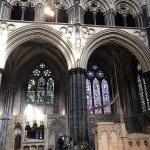
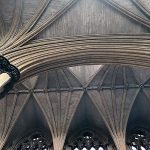
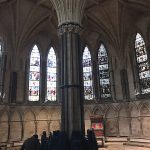
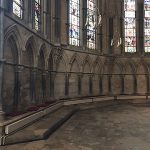
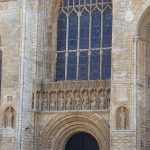
Lincoln Castle

The massive earth ramparts and curtain wall are thought to have been built in the late 11th century. A stone keep, the Lucy Tower, was built on the original motte, and a second motte was constructed and topped by another stone tower, now known as the Observatory Tower.
The castle featured in several medieval battles and sieges, culminating in a siege in 1644 during the Civil War. After 1660, the castle ceased to be a military fortress, and instead was used as a gaol.
A prison built of brick was erected within the walls in the Georgian era, and partly replaced by a Victorian prison block behind.
The courthouse building within the walls dates from 1826, replacing an earlier building.
Visitors may be confused by the pricing structure: entry withing the curtain wall is free, the basic fee entitles you to go on the “Wall Walk”, and the premium fee in addition admits you to the Magna Carta exhibition, prison chapel and Victorian prison. If you are expecting a massive stone keep inside the walls, there isn’t one. There are also hourly free guided tours of the grounds.
There is plenty to see if you opt for the full ticket, and viewing the exhibits in the prison block can take some time. Lincoln Cathedral (admission fees may apply) is next to the castle.
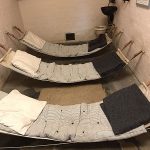
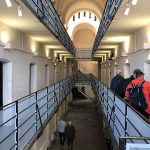
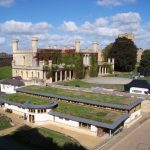
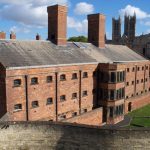
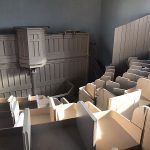
Gunby Hall, Lincolnshire
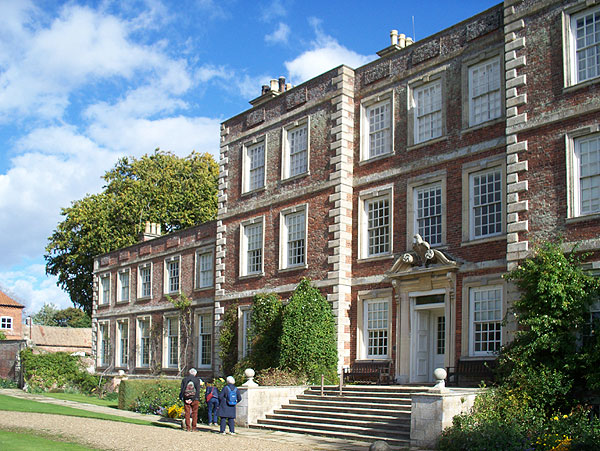
Construction of the present house by Sir William Massingberd began in 1696. The house was extended in 1873 and 1896 with a two-storey extension in a matching style. The stables and coach houses were built by William Mieux Masingberd in 1735/6.
The musical Lushington family is associated with the house.
The gardens were in existence in the 18th century and restored to their present form in the 20th century. They include a kitchen garden and some fine trees, notably a Cedar of Lebanon planted in 1812.
The basement, ground floor and first floor of the house can be visited, and have interesting contents.
St Peter’s parish church stands just outside the gardens.
The house and garden are both well worth a visit. To avoid disappointment, check the house opening hours.
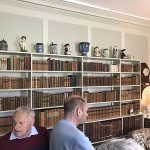
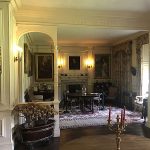

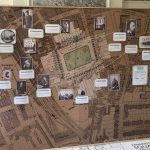
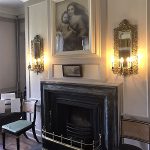
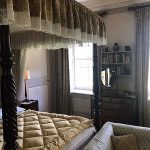
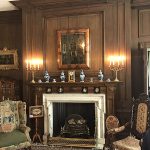

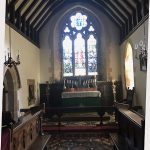
Tattershall Castle, Lincs

In 1433, Lord Cromwell, Treasurer of England, began replacing a small crenellated manor house with an impressive brick castle. The castle later passed to various other owners, notably Charles Brandon who turned it into a Tudor palace.
In 1643 large parts of the castle were destroyed or damaged during the Civil War. The Great Tower narrowly escsaped demolition after the King’s defeat, but was spared after repeated appeals.
In 1693 the last Earl of Lincoln died and the castle was inherited by the Fortesque family who never lived in it, allowing it to fall into a derelict and ruinous condition, with the ground floor used as a cattle shed. The Fortesque family sold the castle in 1910 to an American consortium, and the fireplaces were ripped out and sold separately to an American collector.
Following protests, Lord Curzon of Kedleston in dramatic circumstances bought the castle and recovered the fireplaces, which were reinstated. Lord Curzon had the castle restored to its present condition.
Adjoining the castle is a large church which is worth a visit, and also a row of almshouses.
It is possible to visit all the levels of the castle and the roof, from which there are fine views of the countryside. Each principal floor has a large, high room and various niches.
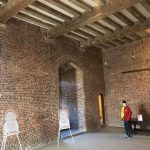
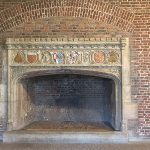
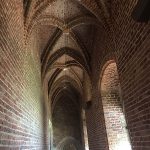
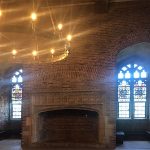
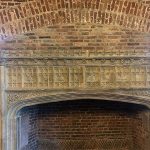
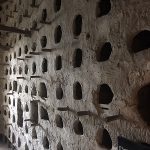
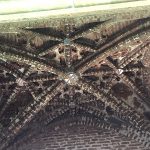
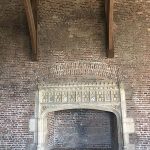
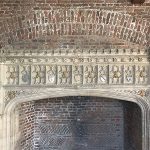
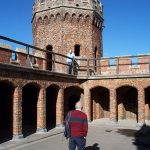
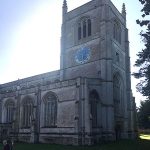
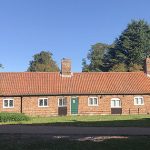
Abbots Ripton Hall, Cambridgeshire
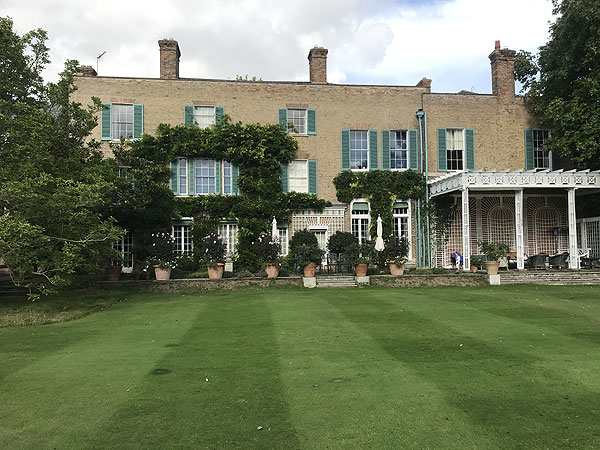 Privately Owned
Privately Owned
I visited Abbots Ripton Hall under the Historic Houses Association’s “Invitation to View” scheme.
The Hall was built in the 18th century of red and gault brick, with a plain entrance front to the northeast and a garden front to the south-west, with shutters and loggia. The house was altered in the 1850s and again in the 1970s.
The house has some pleasant ground-floor rooms, including a library, containing some good furniture and pictures. The contents were mostly acquired by the current owner. The glory of the property however lies in the extensive gardens. A huge London Plane tree stands close to the house and is contemporary with it. A series of lawns and paths spread out from the house into wooded gardens containing a long double herbaceous border, a rose garden, a rose tunnel and pergola, and other features.
The Abbots Ripton Brook flows through the gardens, feeding a canal near the house, and a lake.
Many of the plants have numbered labels, and visitors are provided with a guide to the plants. I spotted one flower that was the same as a plant in my garden I had never been able to identify (Anemone).
A view across the lake provides a glimpse of a Chinese fishing pavilion (built by Peter Foster in the 1970s, like many of the garden features.)
The gardens in particular are well worth a visit. I would have liked to explore them further but one of our party was on an electric buggy which might have induced our host (Lord de Ramsey) to shorten the tour.
Finding the Hall, near Huntingdon, was straightforward except that my sat-nav took me to a commercial courtyard on the B1090. Exiting from there to the left, the inconspicuous gates to the Hall were about 100 yards further on to the SE, on the same side of the B1090. Hall Lane, shown on the maps, is the road behind the gates. Once one has actually visited the gardens, the main features are clearly identifiable on Google Satellite View.
